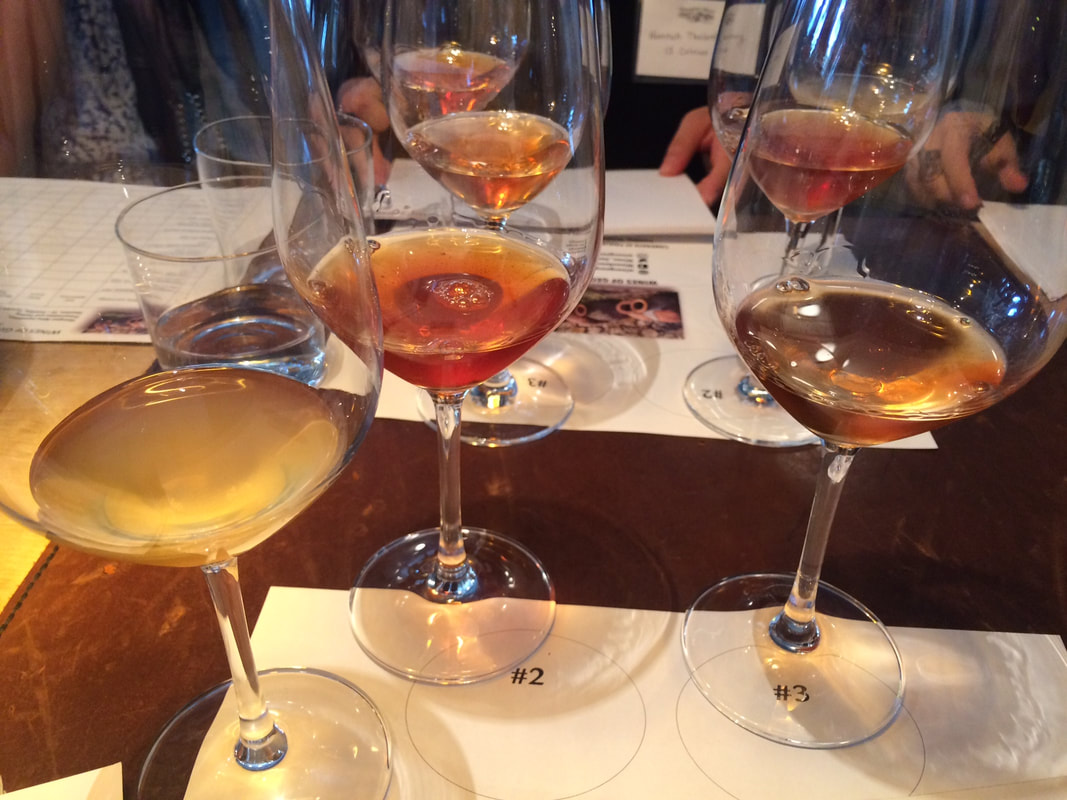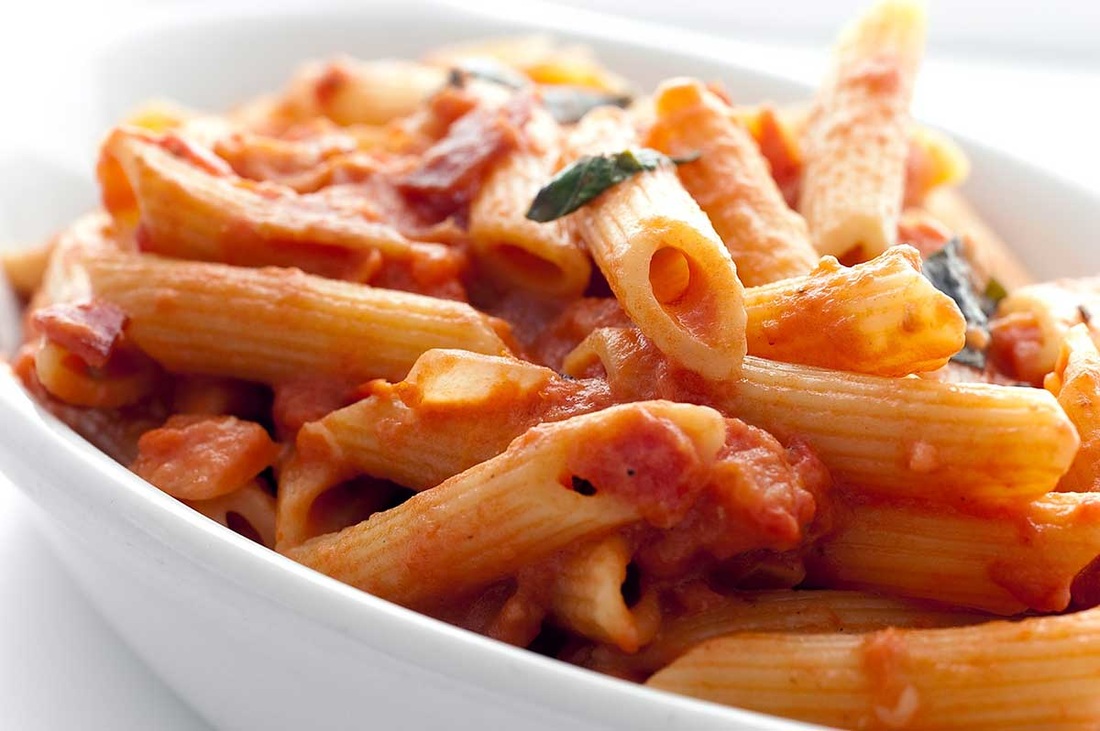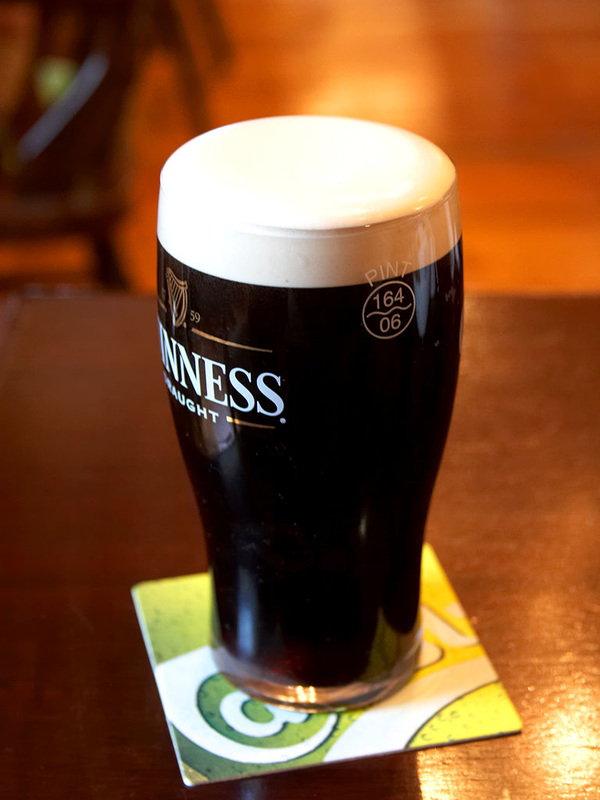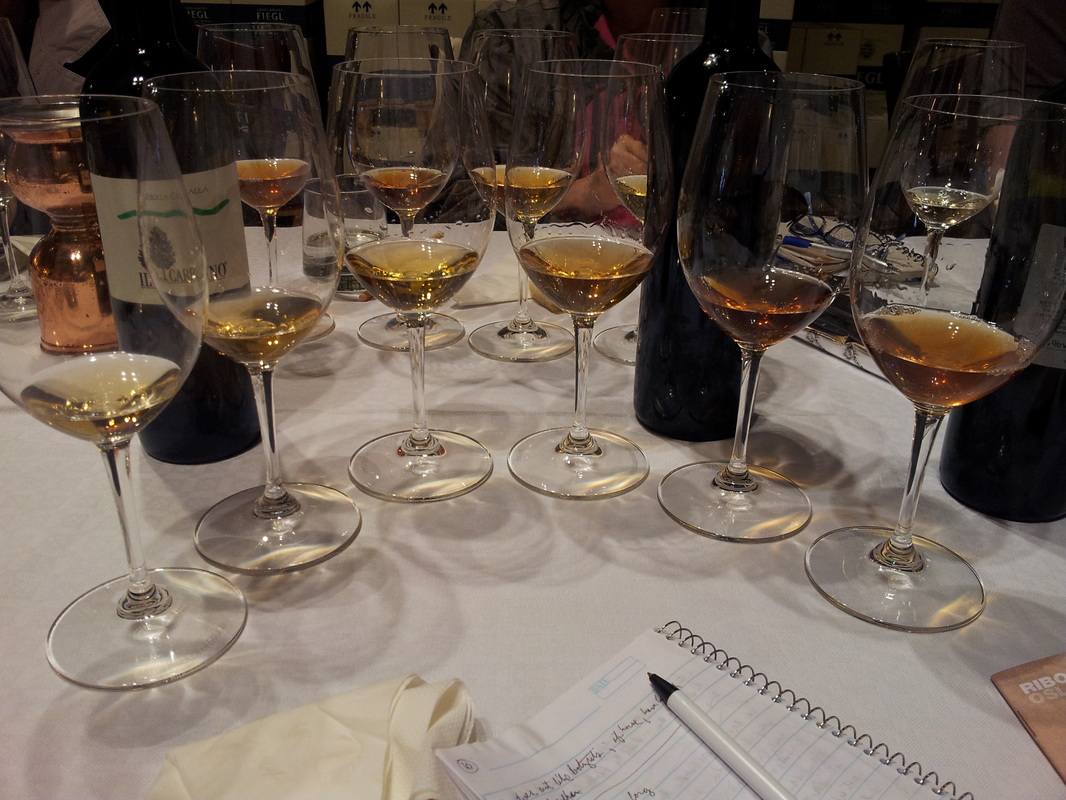Proprietor Kent Marshall, the Bitterman, is a Chicagoland native and big baseball fan, especially of his hometown Cubs. The bar is festooned with photos of legendary Cubs of yore including Sandberg, Santo, Sweet Swinging Billy Williams and – I don’t exactly remember – maybe even Sauer, Hank, who won the MVP in 1952. There is Banks, of course, and Brock, Lou, in a Cubs uniform before the disastrous trade to the rival Cardinals. This is a Cubs bar, if there is such a thing in Houston. And being a Cubs bar, you can get the true taste of Wrigley Field, Old Style.
In the 1980s and 1990s, beer-swilling Cub broadcaster Harry Caray was a popular pitch person for Budweiser, tying the notion of the Cubs to it in many people’s minds – “Cub fan and Bud man” – and there is a very prominent signage for it in the outfield of Wrigley Field these days. But, it is Old Style that is the true beer of the ballpark. Like the regionally popular Lone Star here, Old Style is a bad-tasting light lager. It’s a bad beer that tastes better consumed in the hot sun in profusion with thousands of other bleary baseball fans. One trip to the bleachers in Wrigley Field some years ago, we made a stop at the first beer stand en route, which was an Old Style stand. When asked where the other beers were, the attendant seemed put off: “You don’t like Old Style?” After a brief pause, he said, “I don’t drink this crap, either, the next beer stand is at the top.”
If you want to feel a Cubs fan at TK Bitterman’s, they can likely oblige. They have many other better beers and libations, to enjoy the game or ease the pain of being a Cubs fan.
TK Bitterman’s
2010 W Alabama (east of Shepherd), 77098
Kent Marshall and a can of 'Doggy Style'











 RSS Feed
RSS Feed

